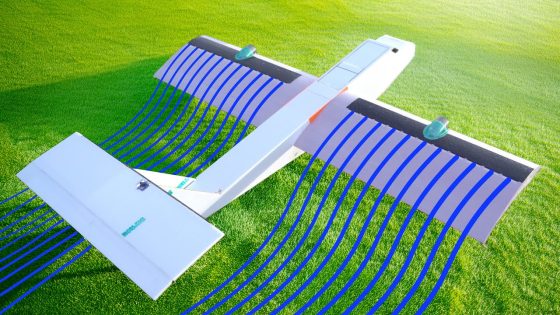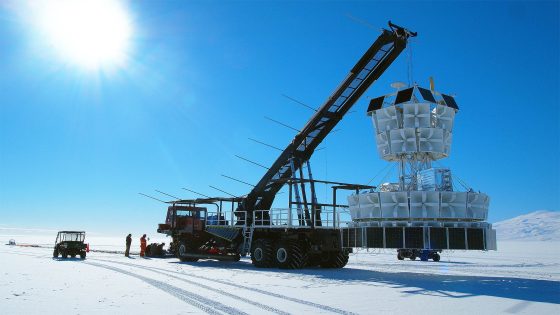The key to Short Takeoff and Landing (STOL) operations lies in the ability to fly slowly. This technique allows aircraft to ascend quickly without requiring a lengthy takeoff roll. On August 2, 2025, a YouTube creator known as [rctestflight] showcased an innovative approach using a fully blown wing design.
- STOL operations require slow flight capabilities.
- Blown wings enhance lift during stalls.
- R/C aircraft minimizes crash safety risks.
- Differential thrust aids in aircraft control.
- Impressive short takeoff distance for seaplanes.
- Creator has diverse engineering experience.
This R/C aircraft employs electric ducted fans (EDCs) to enhance lift and control. By blowing air over the wing, it maintains flight even at low speeds. While this method is fascinating, it raises questions about safety—especially if an engine fails. Fortunately, the foamboard construction minimizes risks, making it suitable for experimental designs.
This design prompts US to consider the implications of using blown wings in aviation. Can such technology be adapted for manned aircraft? Here are some key points to ponder:
- Blown wings enhance lift at lower speeds, ideal for STOL operations.
- Control mechanisms using differential thrust can manage both yaw and pitch.
- Foamboard construction allows for safe experimentation without serious risk.
- Innovative designs could redefine future aircraft capabilities.
As researchers and engineers continue to explore these concepts, we may soon see breakthroughs that redefine aviation efficiency and safety. Will we witness a new era of aircraft design?

































